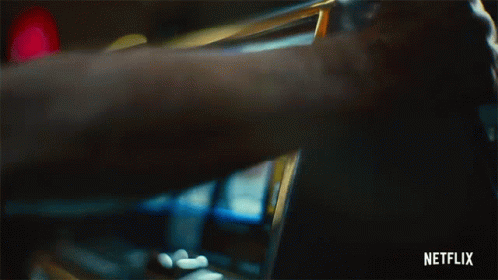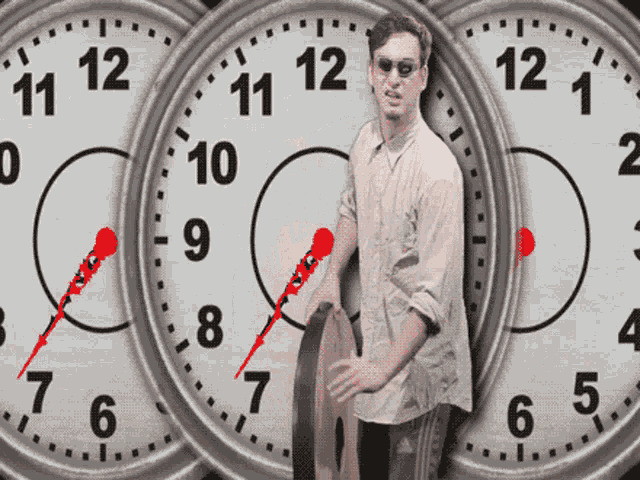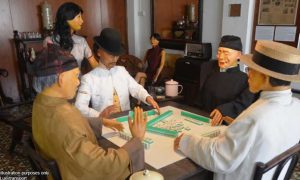Here’s how I spent RM10K in ‘free’ video games without realizing it
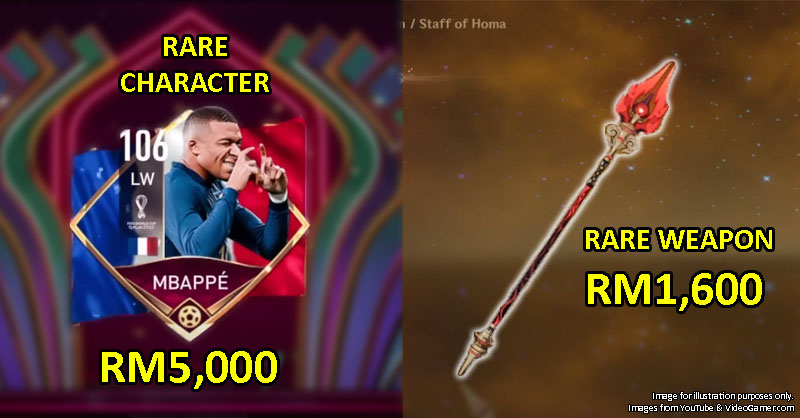
- 245Shares
- Facebook236
- Twitter1
- Email1
- WhatsApp7
Many millennials reading this will agree with me when I say teens in the 90s and 2000s have a love-hate relationship with arcade centers. Many of the arcade games were made to be super difficult to get you to spend as many coins or tokens as possible. It was kind of vile, but you’d spend like RM10 on arcade games on average, and you knew that going in.

Curse you, token eater. Img from YouTube.
Despite the fact that arcades are no longer as popular as they were, many modern video games are still designed to get money out of you, except they’re more… insidious. These games are advertised as ‘free to play’, and while that’s technically true – you don’t have to buy them – people end up spending hundreds or even thousands anyway. I was one of those people.

A bit of background info before I get on with the story: I’m Jake, a senior writer for Cilisos. I’m just a regular guy, and after I started playing my first free-to-play game in 2017, I’ve developed a gambling addiction for a while and dumped close to RM10K into these games over the course of four or five years.
And to explain how I ended up that way, I’ll have to talk about my first free-to-play game: Dragon Ball Z Dokkan Battle. You see, I’ve always been a big fan of the Dragon Ball Z franchise, and when I found Dragon Ball Z Dokkan Battle, I knew I had to give it a go. It was (and still is) a game you can download for free, so…
In the beginning, I didn’t think I would be spending any money
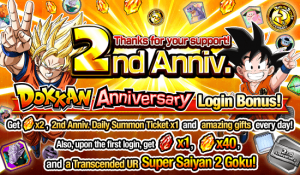
You’d get free stuff from just logging in. Img from DBZ Space
Basically, Dragon Ball Z Dokkan battle is a mobile game where you can collect a myriad of characters and use them to fight bad guys. And in the first few days of playing the game, it gave me a load of virtual goodies for free. I would receive characters like Goku and Vegeta, and resources that let me level my characters up and make them stronger. For those that aren’t familiar with free-to-play games, many of these games will shower new players with free stuff. It’s a pretty standard a tactic used by gaming companies to make you feel like you can progress through the game without paying anything.
After you’ve gotten a little taste of how good the game feels, they’ll reel you in with systems designed to keep you coming back for more. Usually, these come in the form of:
- Login rewards – You get stuff if you play the game at least once every 24 hours
- Daily & weekly missions – You get stuff if you achieve certain objectives in the game every day or week
Slowly, you’ll develop a fear of missing out (FOMO), cuz you feel obligated to play the game every day to get these ‘rewards’… and that’s when they’ve got you hooked. You’re invested in the game now.
This is when they’ll start tempting you into spending a bit of money first
After playing Dragon Ball Z Dokkan Battle for a month or so, I began to feel frustrated. I wanted new characters to freshen up my gameplay experience, but I was getting new characters at a much slower rate. That’s another thing gaming companies do to entice you to spend money via ✨ m i c r o t r a n s a c t i o n s ✨. Here’s the basic idea of how microtransactions work – players can spend real money to buy something called premium in-game currencies.
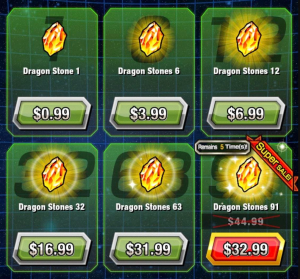
Dragon Stones, an example of premium in-game currencies.
Different games have different premium in-game currencies, but in Dragon Ball Z Dokkan Battle, for example, they’re called Dragon Stones. You can then use Dragon Stones to ‘summon’ new characters from the in-game shop. But as y’all can see, the prices of premium currency can get astronomical, especially since you’ll need at least 15 Dragon Stones (USD$6.99/RM31) to do a ‘summon’ (keep this in mind for later).
Obviously, no one will be willing to shell out a huge sum in the initial stages of playing the game, even if they are emotionally invested in it.
In order to loosen the grip that you have on your wallet, these games will usually have ‘special one-time discount’ where you can buy premium currency for a much cheaper price, and if you buy more, you get more ‘value’ for your money. Once you’ve made the first purchase, the floodgates are now open – you’re more likely to pay for microtransactions again.
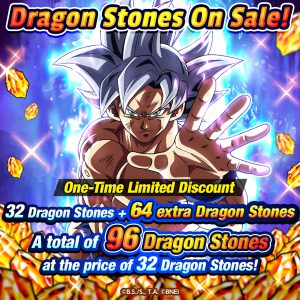
Many Dokkan players would empty their wallets when discounts were available. Img from Dokkan Twitter
Why would players even want to make that first purchase, though? Generally speaking, players who pay for microtransactions have an edge over players who don’t. In Dragon Ball Z Dokkan Battle, players who buy more Dragon Stones will most likely have better characters.
But wait, there’s a catch to this…
You’re not guaranteed to get what you want just because you spent money
In many free-to-play games, there’s sort of a ‘gambling’ system where you can use the aforementioned premium currency to ‘roll’ for a set of random rewards. This ‘gambling’ element extends to items, equipment and characters. I know, this is kinda confusing, so I’m gonna go back to Dragon Ball Z as an example to make things clearer.

You see that big, red, buff guy with black spiky hair in the image above? That’s Super Saiyan 4 Goku. He was one of the best characters you could get in Dragon Ball Z Dokkan Battle in 2018.
Remember how I said earlier that you have to use Dragon Stones to get characters? Well, you’d have to use 50 Dragon Stones in the in-game shop, and hope that one of the ten random characters turns out to be Super Saiyan 4 Goku. If you don’t get him the first time round and you still want him, you gotta spend another 50 Dragon Stones for another ten random characters. Still haven’t gotten him, and you don’t have enough Dragon Stones? Now you gotta whip out your wallet, buy more Dragon Stones, and keep going until you get him.
Of course, he’s super rare – there was only a 0.71% chance of getting him, and I personally wound up burning a few hundred ringgit before I managed to ‘summon’ him. This ‘gambling’ mechanic also extends to items and equipment, depending on the game, and it nets gaming companies BIG, BIG money.
Free-to-play games will also roll out better characters/items/equipment over the lifespan of their games, AND some of this content are intentionally made time-limited, it’s no surprise that players will feel like they need to spend more and more to keep up.
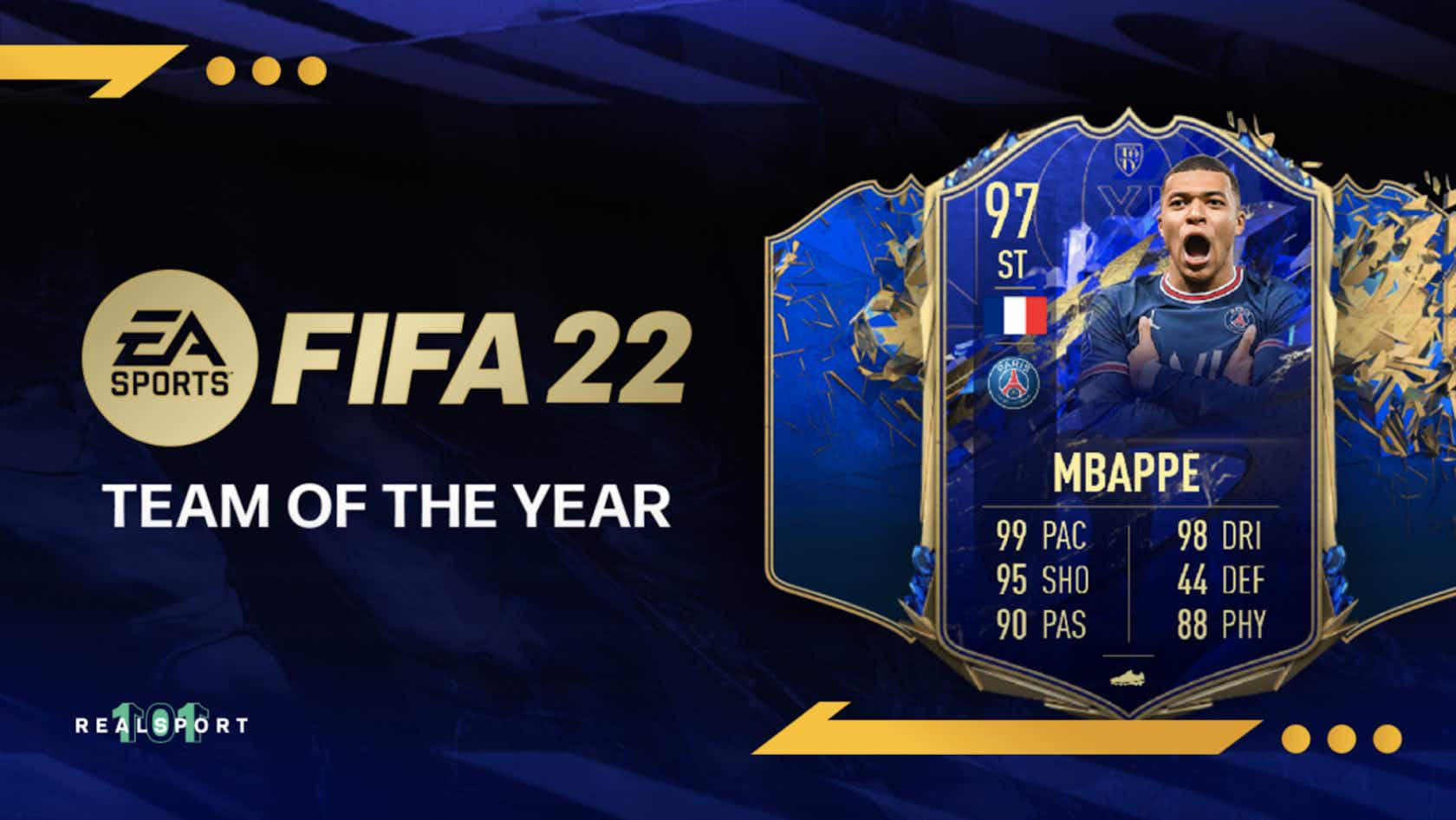
You’d need to spend an eye-watering £11,478 (RM62,891) to guarantee yourself this character. Img from OneFootball
It’s even worse in games where the core gameplay revolves around competing against other players. In sports games like FIFA, you’ll play against players who have better characters than you from time to time, and when you lose to them, you’ll be like, “Oh, now I have to spend money and hope I get those characters”. There’s that extra level of pressure to spend money to be competitive and to win more matches. Honest to god, I’ve played multiple FIFA games, and I’ve definitely succumbed to that pressure.
The TL;DR is: Free-to-play games often employ predatory tactics to get you to spend your money, and if you’re not careful, you might end up with a gambling addiction like I did.
Having read everything so far, you might think I’m some weak-willed numpty with no financial discipline. I mean, you’re not entirely wrong, but…
20% of all gamers have spent money on microtransactions in video games
Get this: the global microtransaction market amounted to USD$67.94 billion in 2022. That’s almost TWO AND A HALF TIMES the national GDP of Brunei the same year. There’s so much money to be made from microtransactions that gaming companies are using behavorial psychology to encourage players to make in-game purchases. They’ve gotten this down to a science. Some countries have banned these ‘gambling mechanics’ from games because children who don’t know any better would fall prey to their tactics.
I can testify to the efficacy of their methods. I’ve played numerous free-to-play games – Genshin Impact, Arknights, Fate/Grand Order, Pokémon Unite, Epic Seven, Final Fantasy Brave Exvius – and I’ve spent money on most, if not all of them.
To be fair, I’m the one who makes my own decisions, and putting 100% of the blame on these companies wouldn’t be totally fair, so… I stopped playing these games altogether. In 2021, I sat down and realized that I’ve spent close to RM10K on microtransactions, and even though I only made ‘small’ purchases of RM20 here, and RM50 there, all of that added up. I knew I had to stop cold turkey.
But don’t get me wrong: I’m not here to tell you to stop free-to-play games. If you enjoy them, and they’re not affecting your lifestyle or finances, go right ahead. In fact, it’s entirely possible to play these games and not pay at all if you have good self-control. Just treat the games as games and not your job, you’re good.
- 245Shares
- Facebook236
- Twitter1
- Email1
- WhatsApp7


